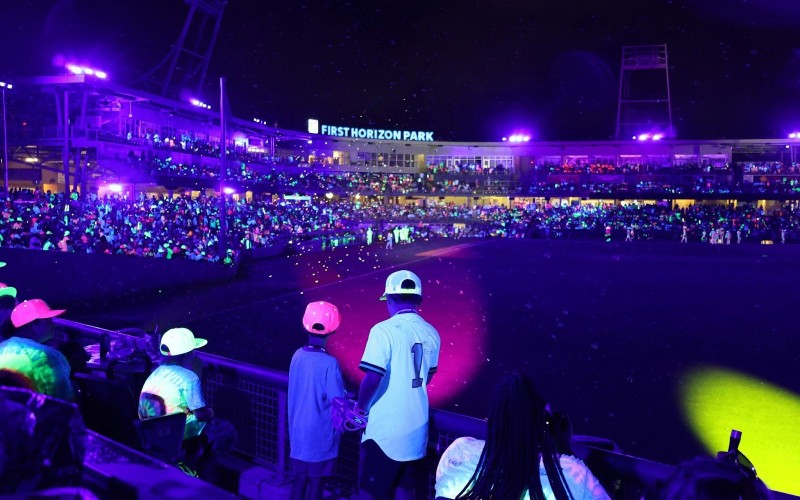Modern sport has always thrived on atmosphere. The roar of a crowd, the hum of excitement before a match begins, the shared emotion of thousands of supporters united in one moment. Yet in recent years, that experience has started to change. Stadiums are no longer just venues for live action; they are becoming intelligent environments built around connectivity, data, and comfort. The fan of today is part of a digital ecosystem where sport, technology, and entertainment merge seamlessly.
One of the ways fans have deepened their engagement with the games they love is through online platforms. Streaming, live chat communities, and interactive apps all keep supporters involved long after the final whistle. The best online betting sites EU fans rely on are also a major part of this growing digital world. These platforms attract millions of users because they combine convenience with transparency, offering quick registration, secure payments, and easy access from mobile devices.
Supporters enjoy checking live odds, tracking their favourite teams, and comparing stats in real time. What makes these sites especially popular is how they allow fans to feel closer to the action, wherever they are. The design of modern betting platforms also places a strong emphasis on responsible use, with clear controls and safeguards to help people manage their activity sensibly.
Technology inside stadiums mirrors this same sense of connection. From mobile ticketing and cashless payments to high-speed Wi-Fi and app-based seat upgrades, attending a match has become a far smoother experience. Supporters can now order food from their seats, rewatch highlights on personal devices, or even access player data during the game. These innovations make live sport more comfortable and interactive while helping clubs learn more about their audiences. Each click, scan, and purchase provides valuable insights that shape how events are planned and delivered.
For clubs and organisers, this digital shift is more than convenience, it is a powerful business tool. Smart stadiums rely on data-driven decision-making to manage everything from crowd flow to energy efficiency. Sensors track how people move through the venue, allowing operators to reduce queues, improve safety, and even adjust lighting or temperature based on occupancy. The same technology that entertains fans also helps save resources and cut costs. What once took a team of stewards or manual checks can now be managed instantly through connected systems.
These developments have redefined how fans relate to their favourite teams. Supporters can interact directly with clubs through apps and social media, sharing opinions, viewing exclusive content, and taking part in polls or competitions. The relationship between a club and its followers has never been closer. Players are also part of this transformation. Wearable technology provides real-time performance data, which is shared with coaches and broadcasters to give audiences new perspectives on fitness and tactics. Even training facilities are adopting smart systems that analyse movement and performance to prevent injury and improve results.
Another major change lies in how sport is broadcast. High-definition cameras, augmented reality graphics, and AI-assisted analytics now turn every match into a detailed story. Fans who cannot attend still experience the excitement as if they were there. For broadcasters, this level of detail opens new commercial possibilities, from targeted advertising to interactive content. For fans, it means more choice and deeper engagement.
The business opportunities linked to smart stadiums extend beyond the turnstiles. Retailers, food vendors, and sponsors benefit from personalised marketing and cashless systems that make purchases faster and simpler. Visitors receive tailored offers based on preferences or past attendance, while clubs gain more stable revenue streams. The result is a smoother, more enjoyable day out for supporters and a more efficient operation for organisers.
The shift toward connected sport also reflects broader social change. People expect instant access, smooth service, and digital interaction in every area of life. Sport is no exception. Whether watching from the stands or at home, fans want to feel involved and informed. Smart stadiums deliver that by linking every aspect of the experience, from arrival to post-match highlights, through one continuous stream of technology.
There is still something special about being present when the crowd erupts, the chants echo, and the tension fills the air. Smart systems may improve how that moment is shared and remembered, but the heart of sport remains the same. Technology adds convenience and depth, yet the passion, loyalty, and excitement that define fans endure. Modern stadiums are not replacing the essence of live sport; they are amplifying it, giving every supporter a clearer view, a closer connection, and a louder voice in the world’s favourite games.


